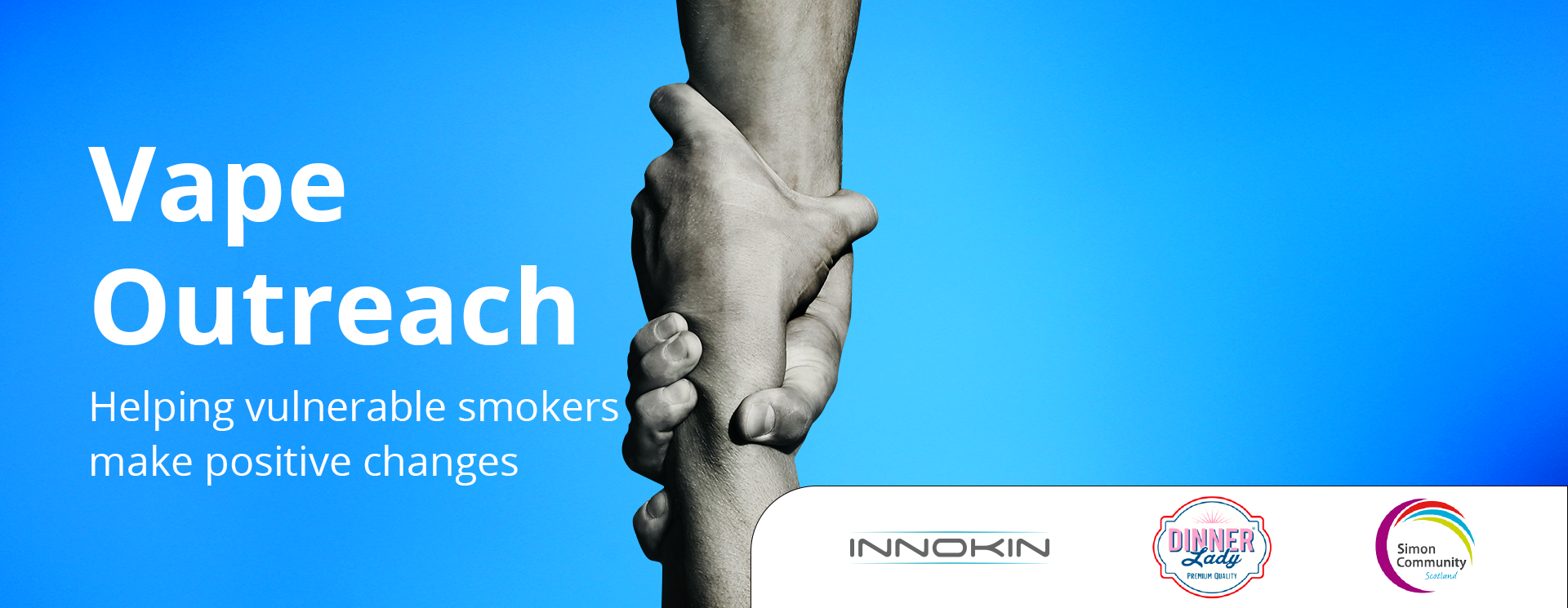
 Thank you CASAA! We appreciate your commitment in helping smokers find healthier alternatives. If every non-profit health/heart group and/or association was as informed and direct as CASAA we’d be better off. Quitting smoking isn’t easy, and harm reduction options that work are available.
Thank you CASAA! We appreciate your commitment in helping smokers find healthier alternatives. If every non-profit health/heart group and/or association was as informed and direct as CASAA we’d be better off. Quitting smoking isn’t easy, and harm reduction options that work are available.
Below is a re-post of a letter sent to the Boston Globe by Elaine Keller, President of CASAA after they published the much read ecig/vaping article linked below. You can’t force people to learn, but you can keep asking questions and share your stories.
THE DEC. 3 editorial “Banned in Boston, for now’’ blames manufacturers of e-cigarettes for resisting “efforts at regulation by the federal Food and Drug Administration by labeling e-cigarettes as devices for smoking pleasure, not therapeutic devices for nicotine replacement.’’ Why would the Globe want manufacturers to misrepresent the intended purpose of the products? Technically speaking, there is no such thing as a therapeutic product for nicotine replacement.
Nicotine patches, gum, lozenges, and prescription inhalers should more properly be referred to as “nicotine weaning therapy’’ products. Directions instruct consumers to use the products for a specified length of time, reduce the dosage of nicotine, and then discontinue use. Unfortunately, they don’t work well. By the time treatment is completed, most consumers have already relapsed, and a year after treatment, 95 percent have resumed smoking.
The idea behind e-cigarettes is to provide the nicotine that a smoker craves while eliminating nearly all of the smoking-related hazards. Medicinal drugs and devices must undergo years of testing, costing as much as $800 million, and receive FDA approval before they can be sold for therapeutic purposes. E-cigarettes are intended to serve as a replacement for smoking, and they appear to work extremely well for this purpose.
More than 90 percent of consumers who switch to e-cigarettes report better lung health, better markers of cardiovascular health, and improved stamina. In view of the fact that those who directly inhale the nicotine vapor are enjoying better health, how could the vapor they exhale, having been filtered through their lungs, be harmful to bystanders?
ELAINE KELLER
President
The Consumer Advocates for Smokefree Alternatives Association
Springfield, Va.








